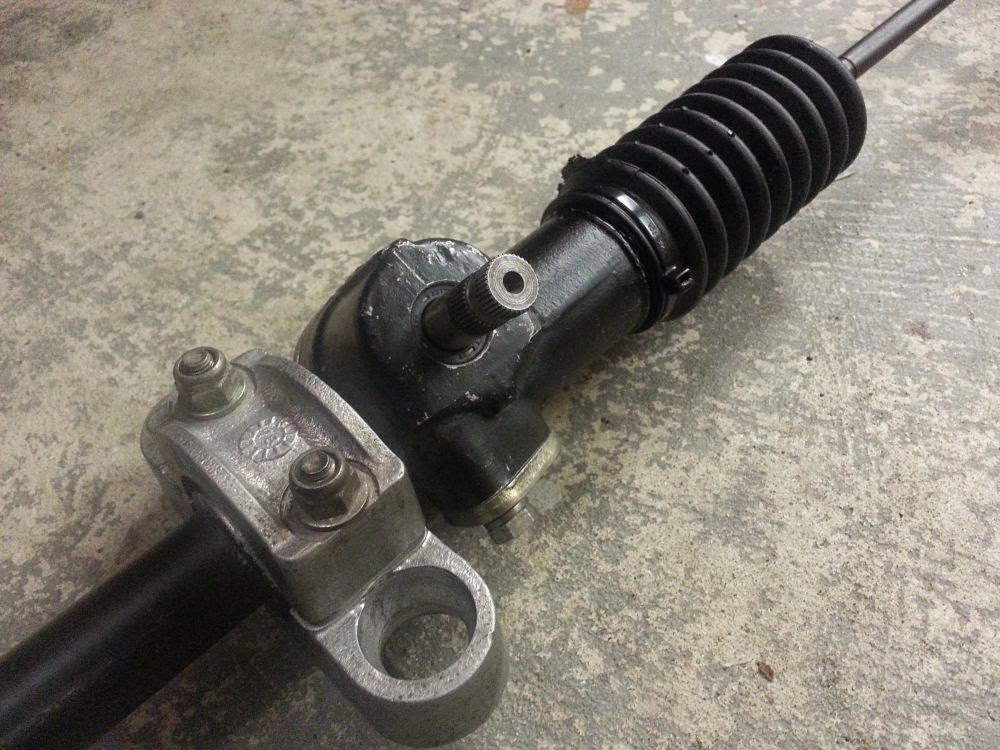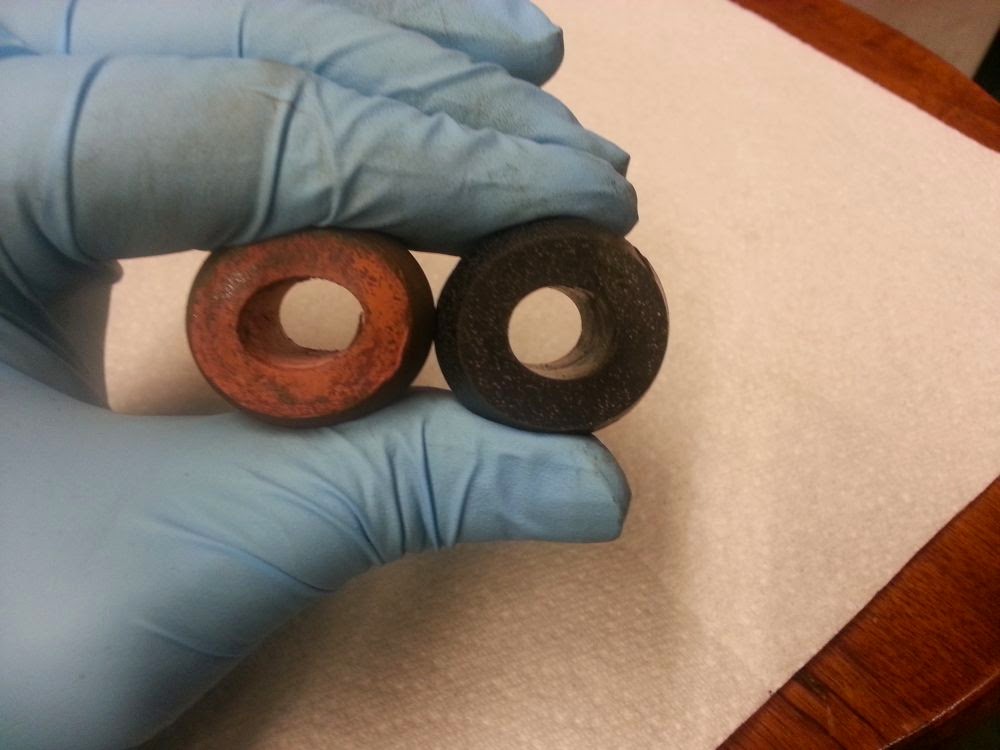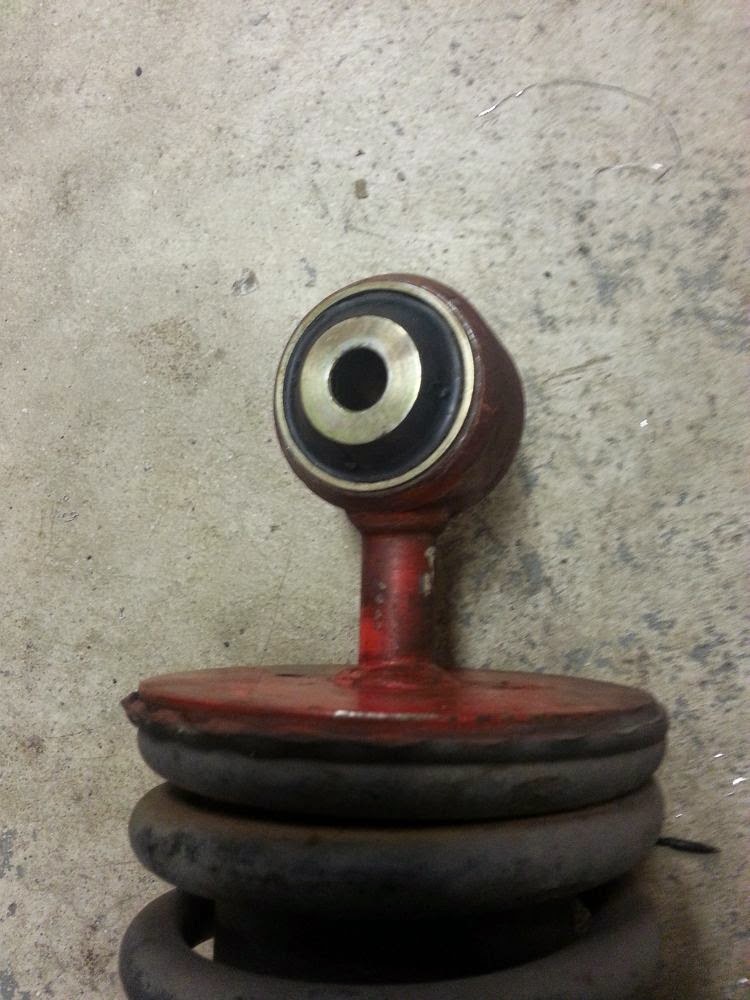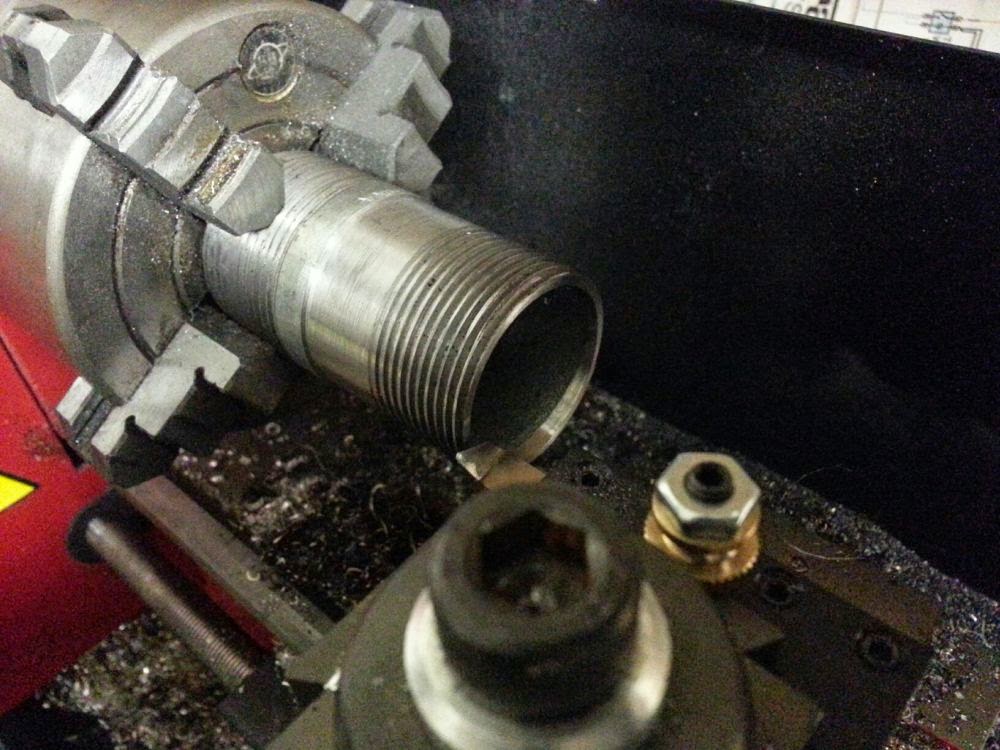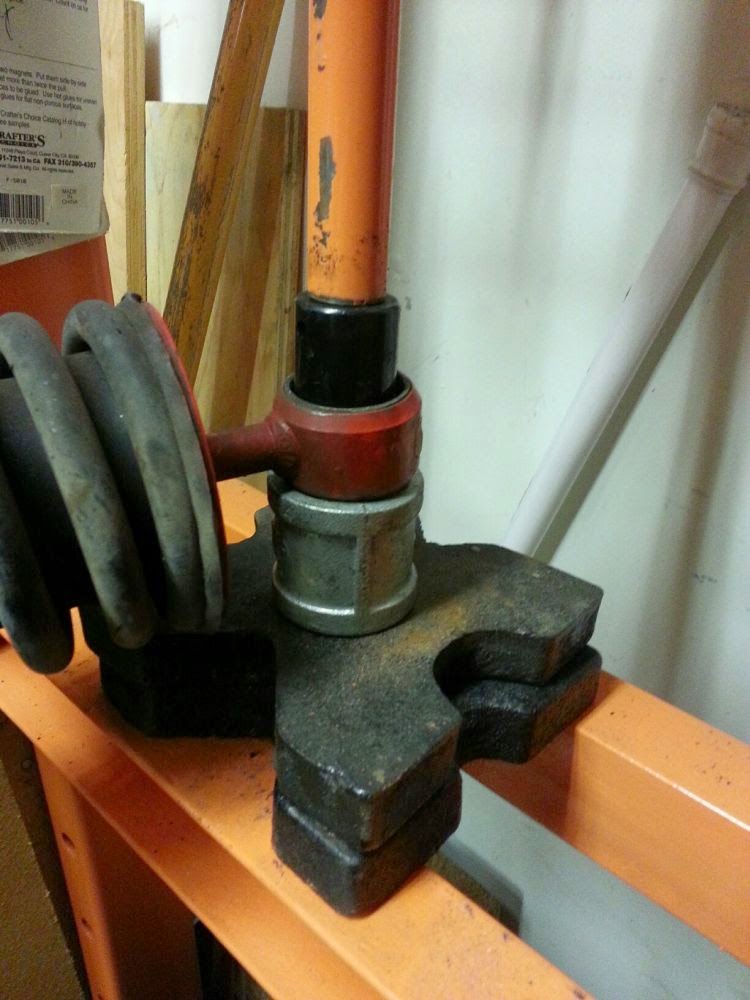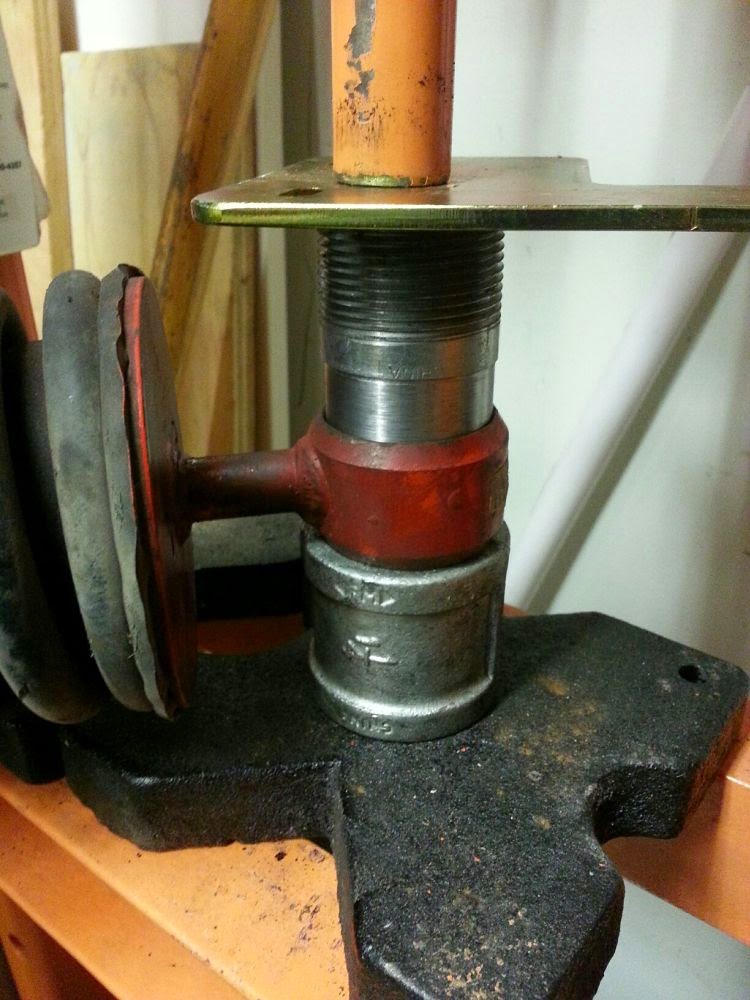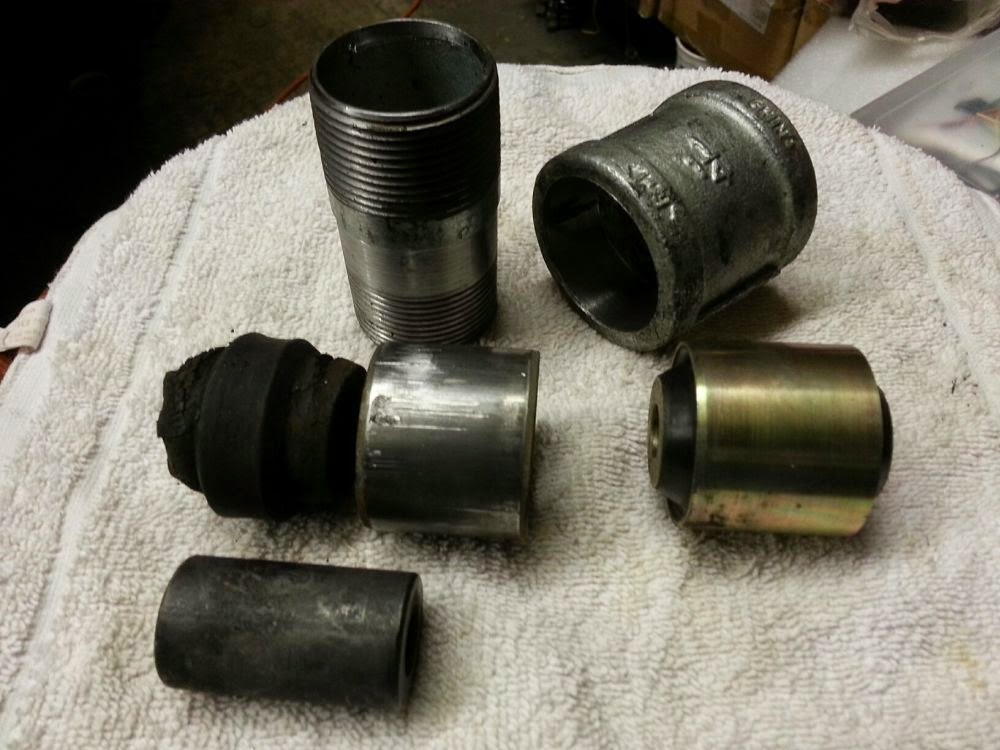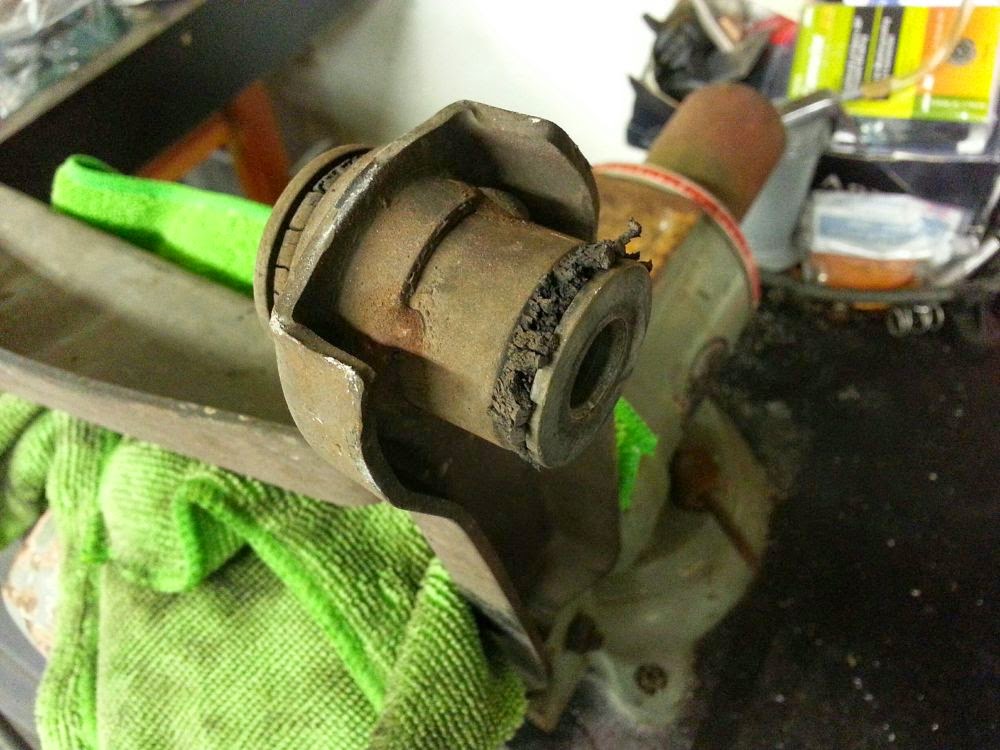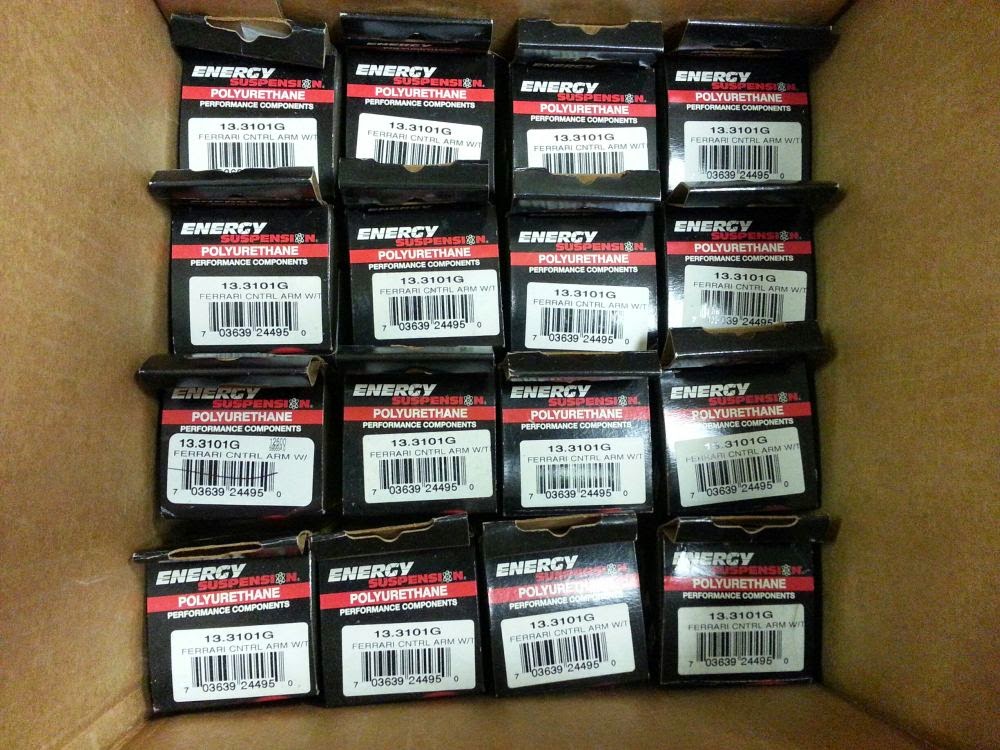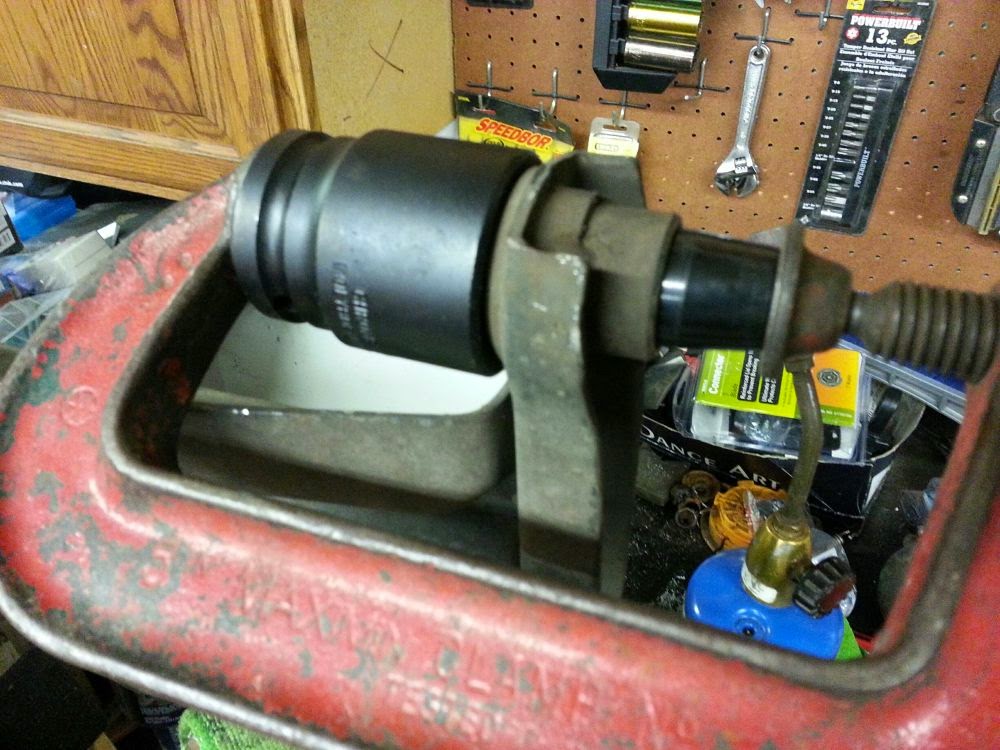Those of you who follow my blog know that I'm not exactly a "checkbook mechanic." I try to as much as possible myself and have not really farmed out any of the work so far. Once you get past the fact that Ferrari parts are outrageously expensive and that access to stuff is sometimes almost impossible, you realize that the 308 is just another car and it really is possible to do most of the work yourself.
When I decided the steering rack needed rebuilding, I did some reading online to see what was involved. The main thing is that darned passenger's side bushing which is somewhat hard to find. There are also a bunch of seals and shims that are also not exactly easy to find. Then there's the special pin wrenches required for disassembly. I did some mental math and estimate that it would have cost close to $200 in parts and tools. Posts on Fchat kept referring to the user JH355 who apparently is quite the expert on these old Cam Gears (and later TRW) steering racks. As it turns out, JH355 is local to me so I decided to just take the path of least resistance and write a check to get this done. He did a great job and as an added bonus, he turned it around in 24 hours!
Rebuilt rack looking good with new boots and new outer tie rod ends. The inner ends are metal and adjustable so they were just tightened up. My rack was completely dry inside with just trace amounts of lubrication. JH355 uses grease which is less prone to liquefying and leaking out. There was a little wear to the center part of the rack and he adjusted it with the correct amount of play at the center which means it's a little tighter at the ends. Since the rack near the center most of the time, this is the best way to set it up.
Overall, the rack was in pretty good condition. JH355 said it was one of the better ones that he's seen. I suspect that the rack was probably replaced at some point in the past, but I have no way to confirm that. Below is the infamous passenger's side bushing. Most of the time, it's completely destroyed. Mine was intact but was worn to allow about 1-2mm of play. The replacement bushing is delrin and machined with a spiral groove to allow lubricant to travel from one side of the bushing to the other. The original bushing is triangular shaped to allow this.
I also got some urethane rack mount bushings from JH355 to replace the original rubber ones. Even though the original bushings looked ok, they were quite soft. It's hard to tell in this photo but it shows my non-scientific method of demonstrating the relative hardness of the bushings. I'm putting about the same amount of force on both bushings and you can see how much the old ones deform. I've read about people machining new bushings out of delrin, which is what I was going to do. However, JH355 convinced me that it was better to the urethane bushings on a street car since delrin is a little too hard for this application.
Now I just need to put it all back together. Last night I pressed out the other A-arm bushings and I just need to clean up the A-arms and apply the same anti-rust treatment as the other side. I also need to replace the shock bushings and I'll be ready to re-assemble. JH355 reminded me that the steering will be much more precise so be careful driving for the first time on new bushings.

